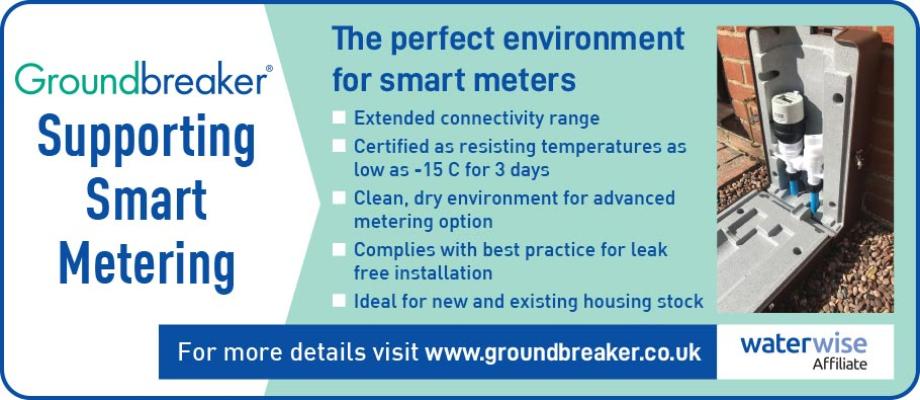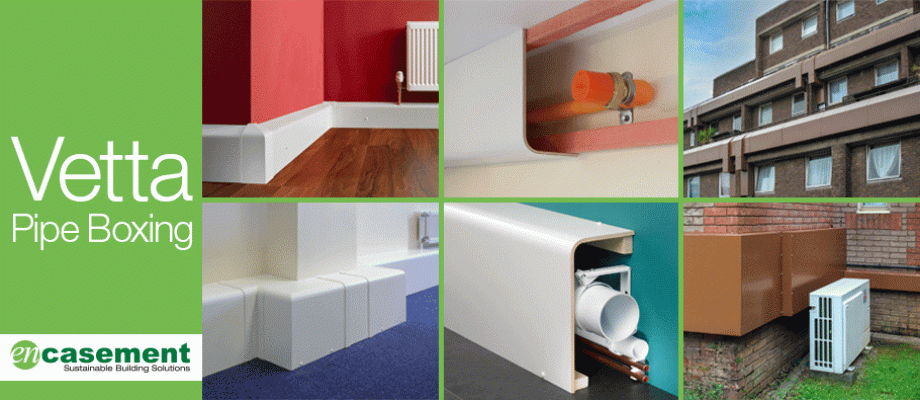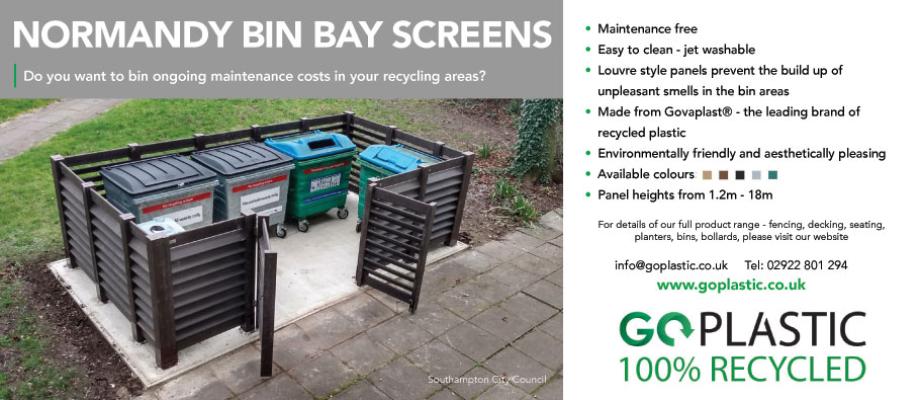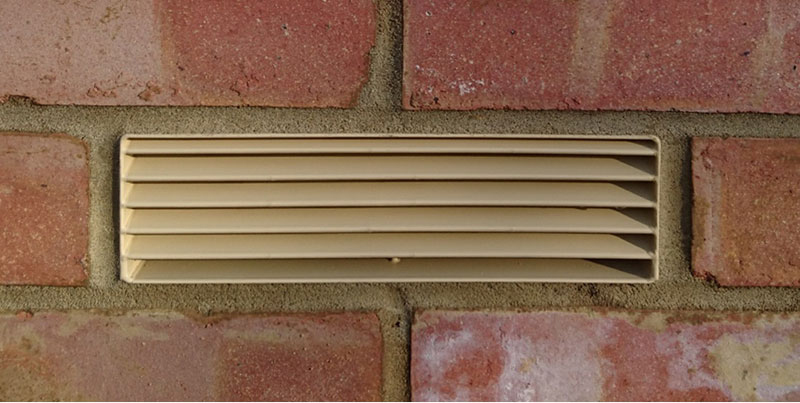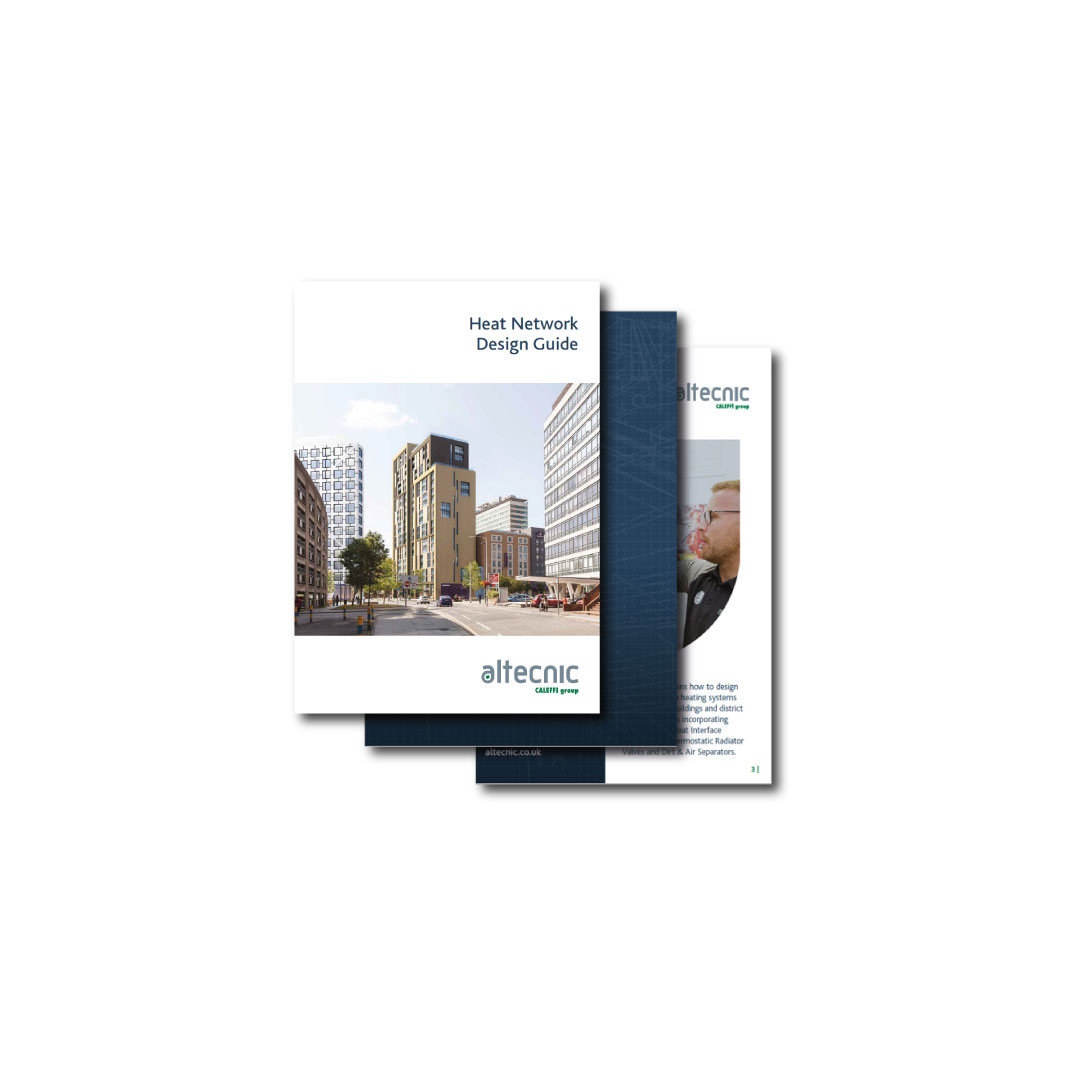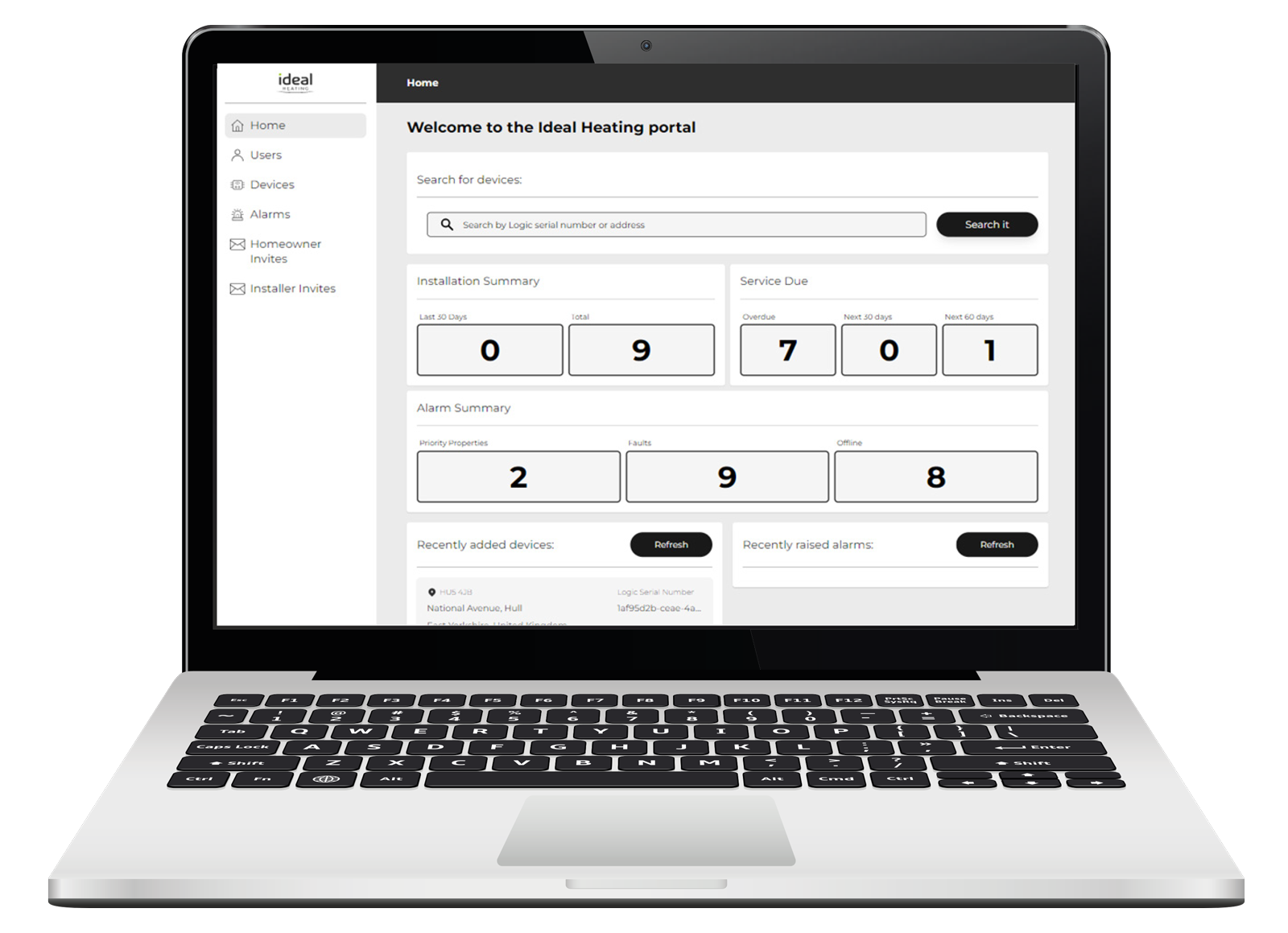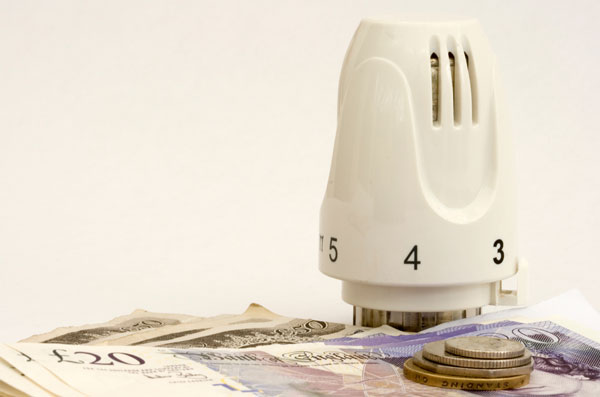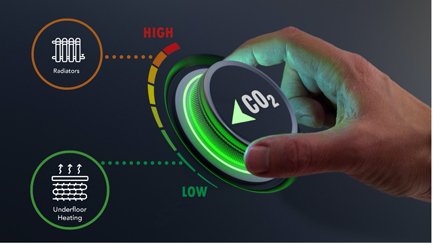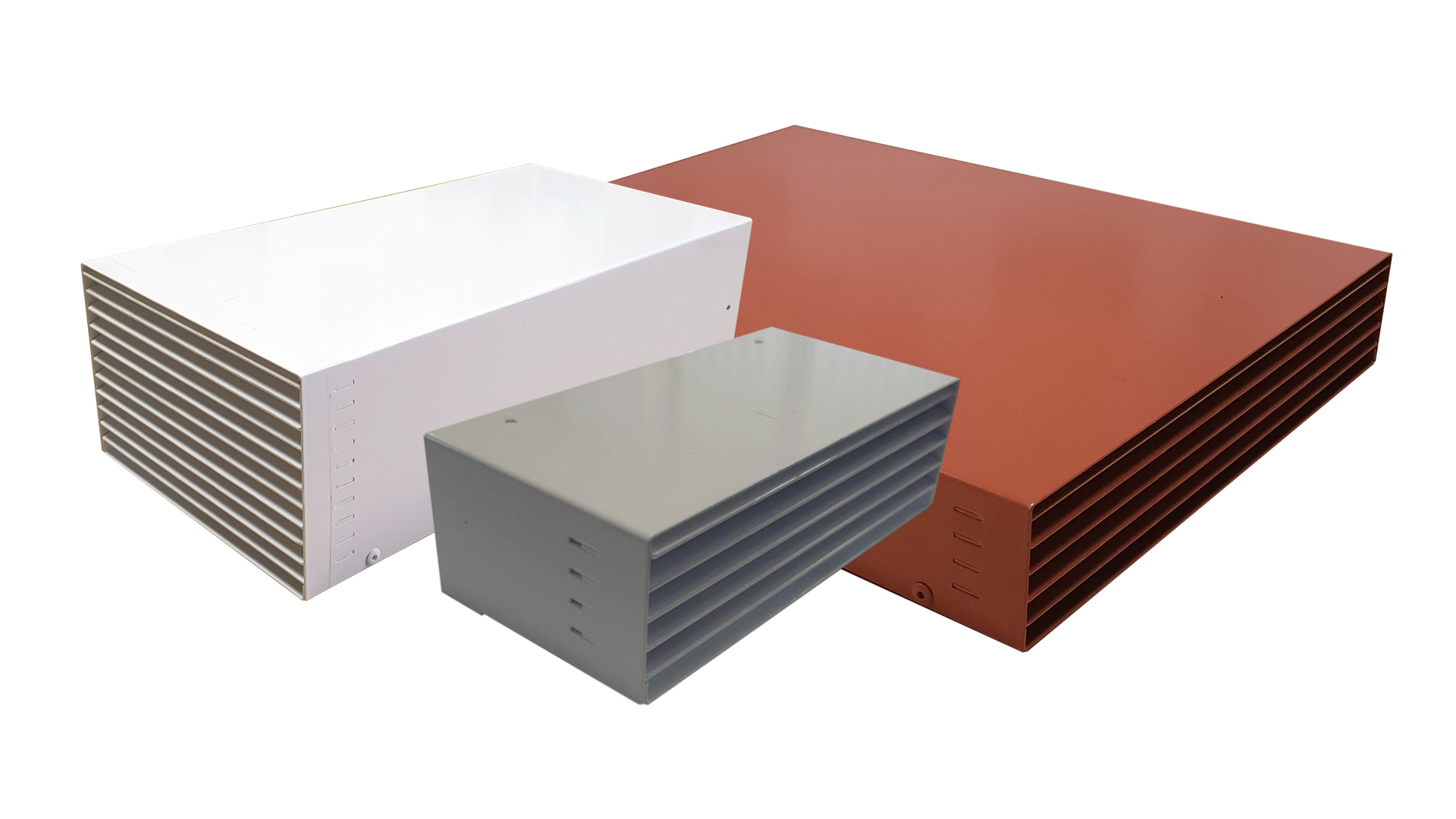Comet Electric Combi Boiler – The Complete Electric Heating & Hot Water Solution
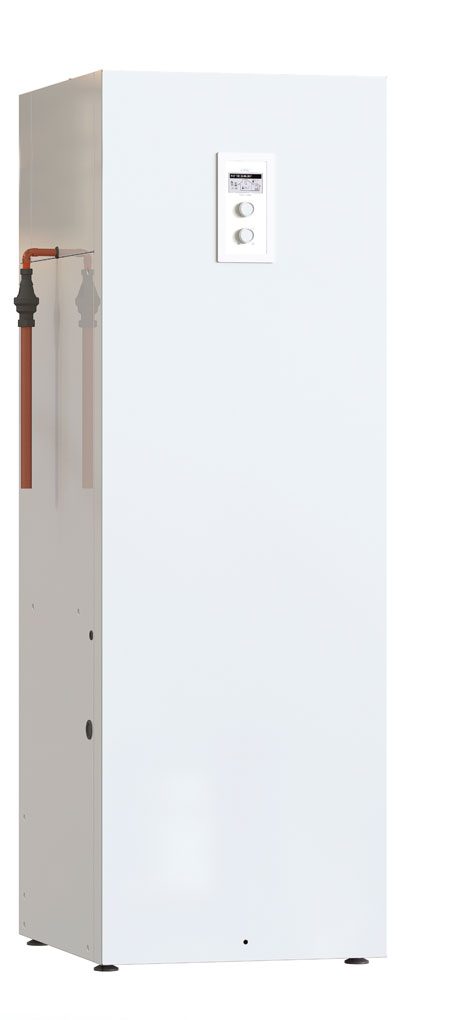
Electric heating is continually becoming an increasingly viable option for heating properties in the UK. New Government legislation heralds a change in how SAP determines a properties ERP Rating – to almost the same as gas. This change allows widespread use of electric radiators and electric boilers, which are widely understood as having low installation costs, no flue requirement, low maintenance, rapid heat up times and high efficiency. This modern method of heating is shaping up to be a popular choice for the future of home heating within the UK.
Electric Heating Systems are 100% efficient at the point of use. If you pay for 1kW of electricity, you will benefit from 1kW of heat. This is much higher than alternatives which can lose heat through flues etc. When paired with solar PV panels, efficiency of electric heating systems improves, and the carbon dioxide produced reduces.


